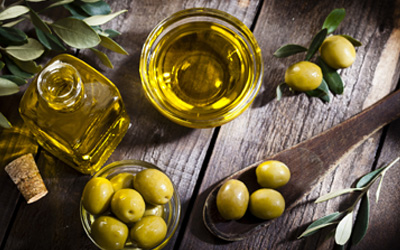Fighting the well-oiled machine of olive oil adulteration

Fighting the well-oiled machine of olive oil adulteration
According to the new bulletin of the Botanical Adulterants Prevention Program (BAPP), adulteration of extra virgin olive oil is still listed among the most common food frauds worldwide. Olive oil’s distinctive sensory profile and its reputation as a healthy source of dietary fats has made it a premium product, and in turn a target for fraudsters.
The problem even affects those varieties bearing the coveted Protected designation of origin (PDO) and Protected geographical indication (PGI) stamps, which indicate an extra virgin olive oil’s precise geographical origin and are intended to ensure the quality of that region’s agricultural products, being subject to stricter controls.
Due to the prevalence of adulteration a number of regulation and standards have been introduced that aim to reduce the amount of fraudulent olive oil on the market. These include the EU’s Regulation (EU) 2568/91, standards of the International olive council (IOC) and CODEX alimentarius STAN 33–1981. However, it’s an initiative from the EU’s Horizon 2020 programme which might finally help turn the tide in the producers’ and consumers’ favour.
Since September 2016, Project OLEUM has worked to develop improved methods for detecting and preventing olive oil fraud, with an aim to better guarantee olive oil quality and authenticity. Determining authenticity with traditional methods was problematic because olive oil’s fatty acid composition overlaps with that of several other cheaper oils.
“Research will also focus on developing new instrumental analytical methods for identifying illegal blends of olive oils with other vegetable oils or lower quality products, for evaluating freshness and predicting best-before date, and for monitoring compliance with the labelled geographical origin and the EU health claim on polyphenols.”
One of the new methods of detection, Isotope Ratio Mass Spectrometry (IRMS), is able to detect adulteration due to the differences in isotope ratio between different sources of olive oil. Isotope analysis of the H, C and O compositions of bulk oil or oil sub-components is used, because the isotopic ratios of H, C and O change with the botanical origin and the climatic and geographical characteristics of the location where the olive plant was grown.
IRMS technology is a powerful new way to identify and thus prevent adulteration of extra virgin olive oil, and criteria relating to this technique may be expected to appear in the appropriate Codex standards in the future.
Our LGC Proficiency Testing Food Chemistry (QFCS) scheme and Forensic Isotope Ratio Mass Spectrometry (FIRMS) scheme offer samples relating to olive oil authenticity and quality, if you are part of the fight against olive oil fraud.
The new FIRMS 1 sample allows participants to test their ability to measure differences in isotope ratio between different sources of olive oil, ensuring you are maintaining the skills to keep up with the latest methods in detecting adulteration.
View our range of LGC Proficiency Testing olive oil samples
